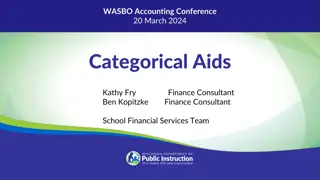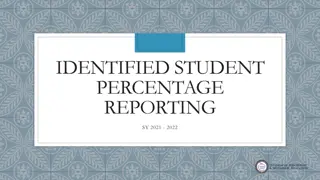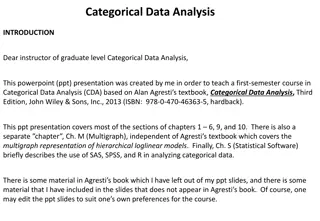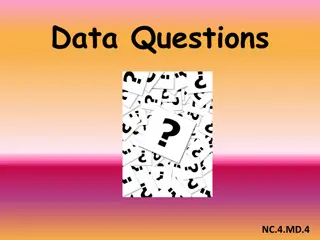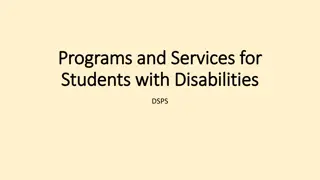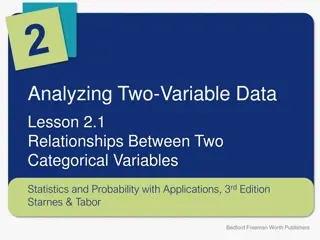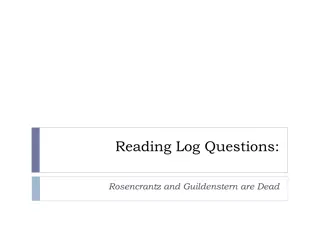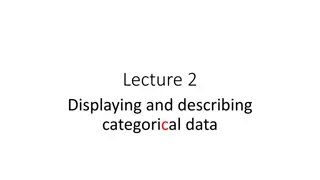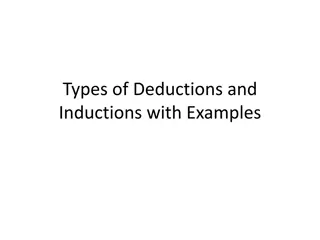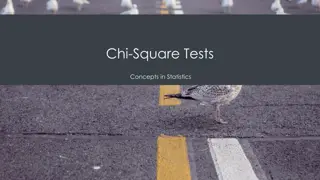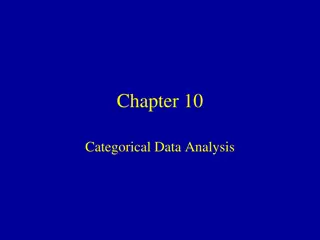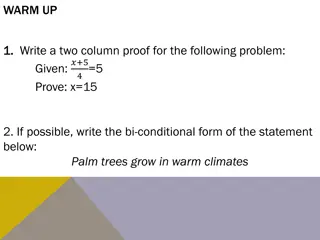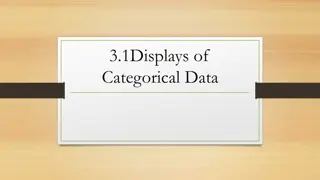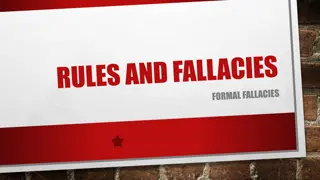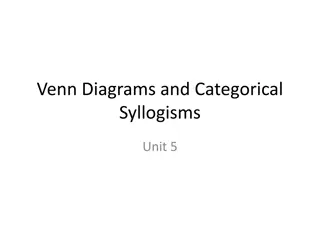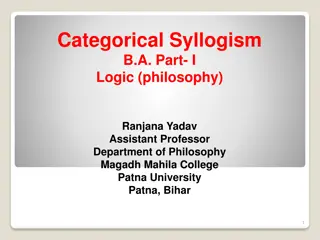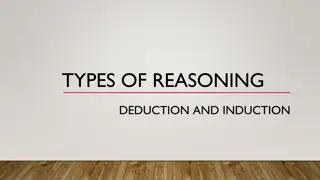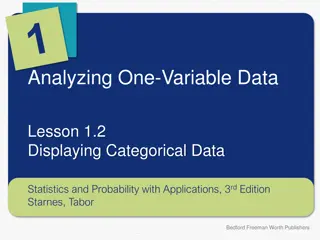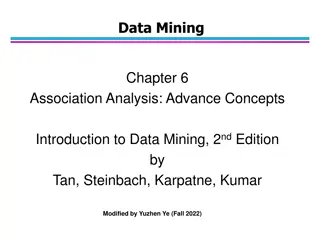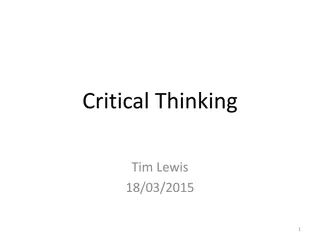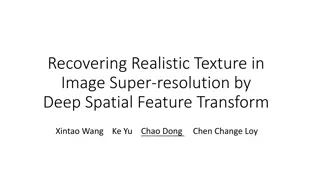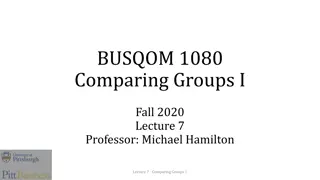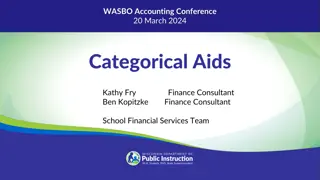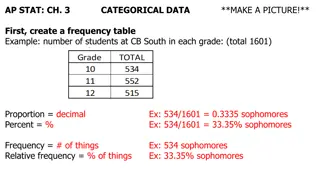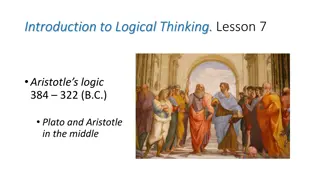Semi-Supervised Credit Card Fraud Detection via Attribute-Driven Graph Representation
Explore a novel approach for detecting credit card fraud using a semi-supervised attribute-driven graph representation. The technique leverages temporal aggregation and attention layers to automatically unify heterogeneous categorical attributes and detect fraudulent transactions without label leaka
1 views • 23 slides
School Parent Involvement Budgeting Guidelines 2015-2016
Providing guidance to schools on developing categorical budgets and aligning Title I parent involvement funds with program guidelines. Research shows parental involvement improves student outcomes. LAUSD's core beliefs, goals, and district goals emphasize student achievement, safety, and community e
6 views • 21 slides
Overview of Categorical Aid in Education Finance
Categorical aid in education funding serves specific purposes such as special education, transportation, and mental health. It operates outside revenue limits and often comes in fixed or prorated amounts. The process involves targeted grants and reimbursement formulas. Special Education & School-Age
1 views • 36 slides
Identifying Student Percentage Reporting SY 2021 - 2022
Identified Student Percentage Reporting (ISP) is essential for districts to report the number of students identified through direct certification and categorical lists in eSchool. This report must be submitted by April 15, 2022, to comply with federal regulations. Understanding how ISP is calculated
1 views • 12 slides
Advances in Sample Size Calculations for Clinical Trials: The ART Suite
This presentation discusses the importance of sample size calculations in research studies, especially in the context of clinical trials. It covers tools like ART and Power in Stata for binary and categorical outcomes, emphasizing the need to determine the right sample size to ensure research questi
4 views • 35 slides
Graduate Level Categorical Data Analysis Course
This PowerPoint presentation offers a comprehensive guide to teaching a first-semester course in Categorical Data Analysis at the graduate level. Covering key sections from Alan Agresti's textbook, the presentation includes real-data examples, software guidance, and solutions to exercises. The instr
2 views • 5 slides
Categorical and Numerical Data in Mathematics
Explore the distinction between categorical and numerical data in math. Learn how mathematicians categorize and analyze data, sorting cards into different categories to understand similarities and differences. Develop perseverance skills by determining survey question types and defining data types w
0 views • 9 slides
Programs and Services for Students with Disabilities at California Community Colleges
The Disabled Students Programs and Services (DSPS) at California Community Colleges provide a range of support services, specialized instruction, and accommodations for students with disabilities to ensure their full participation and equitable college experience. Services include test-taking facili
0 views • 8 slides
Deductive Reasoning and Problem Solving in Logic
Explore the concepts of deductive reasoning, problem-solving logic, and Venn diagrams in this informative content. Learn about the process of drawing conclusions from known facts, using syllogisms to make valid arguments, and understanding the difference between truth and validity in deductive reaso
8 views • 16 slides
Analyzing Relationships Between Categorical Variables in Statistics
Explore relationships between two categorical variables in statistics, distinguishing between explanatory and response variables. Learn to create segmented bar charts and identify associations. Understand the importance of identifying explanatory variables in analyzing data relationships. Improve yo
1 views • 15 slides
Parallel Chi-square Test for Feature Selection in Categorical Data
The chi-square test is a popular method for feature selection in categorical data with classification labels. By calculating chi-square values in parallel for all features simultaneously, this approach provides a more efficient solution compared to serial computation. The process involves creating c
2 views • 4 slides
Themes and Analysis in Rosencrantz and Guildenstern are Dead
In "Rosencrantz and Guildenstern are Dead," various literary devices such as irony, verbal humor, and syllogisms are utilized to convey the complex themes of fate, identity, and the nature of reality. The characters of Rosencrantz and Guildenstern are explored with a spotlight on their distinguishin
2 views • 20 slides
Visualizing Categorical Data in Data Analysis
Explore methods for displaying and describing categorical data effectively, from frequency tables to bar and pie charts. Understand the importance of visual representation in drawing insights and making comparisons. Dive into examples using football team data and Titanic survivors. Learn to identify
2 views • 20 slides
Deductive and Inductive Reasoning
Explore the world of deductive and inductive arguments through examples of deductive reasoning based on definitions and math, including categorical syllogisms, hypothetical syllogisms, and disjunctive syllogisms. Delve into inductive reasoning and the key distinctions between deductive and inductive
1 views • 26 slides
Analyzing Categorical Growth and Values Table in Accountability Panel
Analyze the growth and values table in the accountability panel through categorical growth and status improvement tables. The subgroups' significance of categorical status changes is assessed using a rating system. Temporary cut scores for sub-categories have been employed for evaluation, with a foc
0 views • 51 slides
Chi-Square Tests in Statistics
Chi-square tests in statistics are used to examine the relationship between categorical variables or test claims about categorical variable distributions in populations. The Chi-square test statistic measures the discrepancy between observed and expected counts, with the Chi-square distribution help
1 views • 16 slides
Deductive Reasoning and Intuitive Logic
Deductive reasoning involves assessing the validity of arguments based on premises, while fluency-mediated intuitive logic suggests people have an intuitive sense of logicality. Challenges arise in drawing correct conclusions from abstract syllogisms, indicating a need for deliberate and effortful p
1 views • 24 slides
Binary Outcome Prediction Models in Data Science
Categorical data outcomes often involve binary decisions, such as re-election of a president or customer satisfaction. Prediction models like logistic regression and Bayes classifier are used to make accurate predictions based on categorical and numerical features. Regression models, both discrimina
0 views • 67 slides
Categorical Data Analysis for Proportion Estimation
In the realm of categorical data analysis, estimating proportions is crucial for understanding population characteristics. This involves sampling, calculating sample proportions, standard errors, and constructing confidence intervals. Through examples like studying the effects of treatments on medic
0 views • 72 slides
Categorical Data Analysis in Population Studies
Inference methods for estimating proportions in a population are essential in categorical data analysis. This includes techniques for single proportions, confidence intervals, sample size determination, and Wilson-Agresti-Coull method for small sample sizes. Illustrated with examples and visuals, th
0 views • 80 slides
Logic in Mathematics and Deductive Reasoning
Delve into the principles of logical deduction in mathematics through examples of conditional statements, syllogisms, and proofs. Explore how deductive reasoning can lead to valid conclusions based on given premises.
0 views • 12 slides
Categorical Data Displays and Analysis
Visual displays of categorical data such as bar graphs, pie charts, and frequency distributions help organize and interpret large amounts of data effectively. Different types of graphs serve specific purposes, like comparing categories visually and identifying modes easily. This overview covers the
1 views • 10 slides
Rules and Fallacies in Valid Syllogisms
Valid syllogisms must adhere to specific rules to avoid committing formal fallacies. These rules include distribution, quality, and quantity concepts. Breaking these rules can lead to fallacies such as undistributed middle, illicit major, and illicit minor. Examples are provided to illustrate these
1 views • 18 slides
Venn Diagrams and Categorical Syllogisms
Venn diagrams, introduced by John Venn, visually represent relationships between different classes. Shading in diagrams signifies empty sets or no overlap between classes. Different types of categorical statements such as universal and particular are illustrated using examples. Explore how Venn diag
0 views • 30 slides
Categorical Syllogism in Logic: A Comprehensive Overview
Categorical syllogism, a form of inference with two premises and a conclusion, is a fundamental concept in logic. This type of deductive argument consists of three categorical propositions - universal affirmative, universal negative, particular affirmative, and particular negative. Terms such as maj
0 views • 16 slides
TYPES OF REASONING DEDUCTION AND INDUCTION
Reasoning involves a connected sequence of thoughts leading to a conclusion. Deductive reasoning moves from general to specific, identifying assumptions and hidden premises. Categorical syllogisms demonstrate valid and sound argument structures, while real-life arguments may require uncovering assum
0 views • 21 slides
Displaying Categorical Data: Bar and Pie Charts
This lesson explores the visual representation of categorical data using bar and pie charts. Learn how to create and interpret these graphs to display variable distributions clearly. Understand deceptive graph practices and master the skills to make accurate and informative data displays in Statisti
0 views • 16 slides
Advanced Concepts in Association Analysis: Handling Categorical Attributes
Explore advanced concepts in association analysis, focusing on the handling of categorical attributes. Learn how to apply association analysis to non-asymmetric binary variables, including examples and potential solutions for skewed attribute value distributions. Discover techniques for managing att
0 views • 48 slides
Critical Thinking, Hypotheses, and Arguments
Explore the concepts of critical thinking, hypotheses, and arguments in this informative content. Learn about the definition of hypotheses, the nature of arguments, and syllogisms. Delve into the world of logical reasoning and the foundations of thought processes.
0 views • 32 slides
Using Categorical Data in Regression and Interpreting Coefficients
In regression analysis, categorical data can be converted into dummy variables to analyze how they impact the outcome variable. By creating binary variables based on categories like street names, we can interpret coefficients to understand the effect on prices. This process involves constructing dum
0 views • 25 slides
Recovering Realistic Texture in Image Super-Resolution
This article delves into the realm of image super-resolution focusing on texture recovery through deep spatial feature transformation. It explores the limitations of current CNN-based methods, introduces adversarial loss for enhanced visual quality, and presents a novel approach to incorporate seman
0 views • 41 slides
Analyzing Categorical Data and Chi-Square Test
Categorical data analysis, contingency tables, chi-square test, likelihood ratio, odds ratio, and loglinear models are vital in statistics. Understanding the theory, assumptions, and interpretation of these methods is crucial for drawing meaningful conclusions from categorical data. Explore examples
0 views • 47 slides
Categorical Syllogisms: Types and Examples
A categorical syllogism is a deductive argument based on the relations of classes (categories) where a conclusion is drawn from two premises involving three terms. In standard form, the premises and conclusion are in categorical form (A, E, I, O), each term occurs twice, and the middle term does not
0 views • 27 slides
Comparing Groups & Summary Plots in Categorical Data Analysis
In this lecture, Professor Michael Hamilton covers methods for comparing groups and generating summary plots in categorical data analysis. Key topics include hypothesis testing, Chi-Squared test, Binomial test, and Test of Equal Proportions. Examples demonstrate how to utilize R for creating tables,
0 views • 31 slides
Exploratory Data Analysis Techniques for Visualizing Relationships in Categorical and Numerical Variables
Explore effective data visualization methods for analyzing relationships between categorical and numerical variables, learn about segmented bar plots, mosaic plots, and side-by-side box plots. Get insights into making inferences and staying aware of Simpson's paradox in statistical analysis.
0 views • 37 slides
Deductive Reasoning: Logical Conclusions & Syllogisms
Explore deductive reasoning with examples of logical conclusions using the Law of Detachment and Law of Syllogism. Learn to draw conclusions based on given information about angles, figures, and relationships. Enhance your problem-solving skills in geometry and logic.
0 views • 10 slides
Exploring Categorical Data Display and Analysis Techniques
Learn about the importance of displaying and describing categorical data effectively through images, tables, frequency tables, bar charts, pie charts, and exploring relationships between different categories. Understand how to summarize and compare data to draw meaningful insights. Dive into example
0 views • 20 slides
Understanding Categorical Aids and Funding in Education Sector
Explore the concept of categorical aids in the education sector, including their targeted purposes, funding sources, and impact on school finances. Discover how special education aids play a crucial role in supporting students with diverse needs and learn about the budgeting process for biennial fin
0 views • 36 slides
Visualizing Categorical Data: Frequency Tables, Distributions, and Examples
Explore how to create and interpret frequency tables for categorical data, understand different types of distributions like bar charts and contingency tables, and delve into examples involving hospitals to grasp concepts of probability and conditional distributions.
0 views • 11 slides
Understanding Aristotle's Logic in Ancient Greek Philosophy
Explore Aristotle's contributions to logic in Ancient Greece, including his examination of syllogisms, predicate propositions, and the development of Aristotelian logic. Learn about the foundational concepts and principles that shaped Western logic for centuries.
0 views • 29 slides


